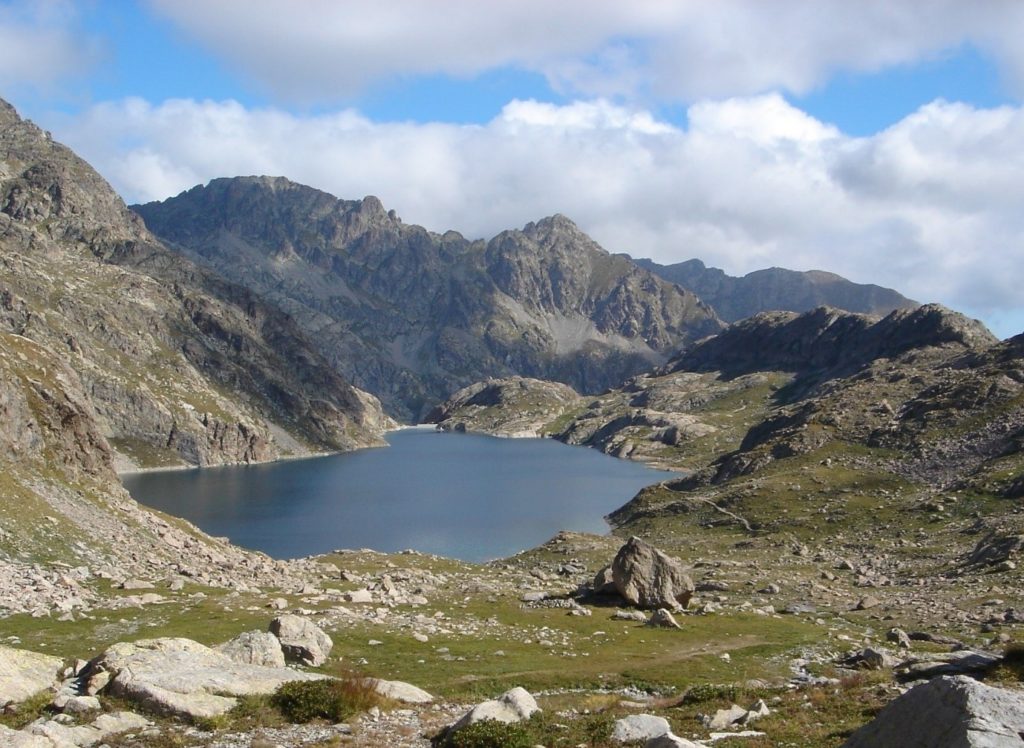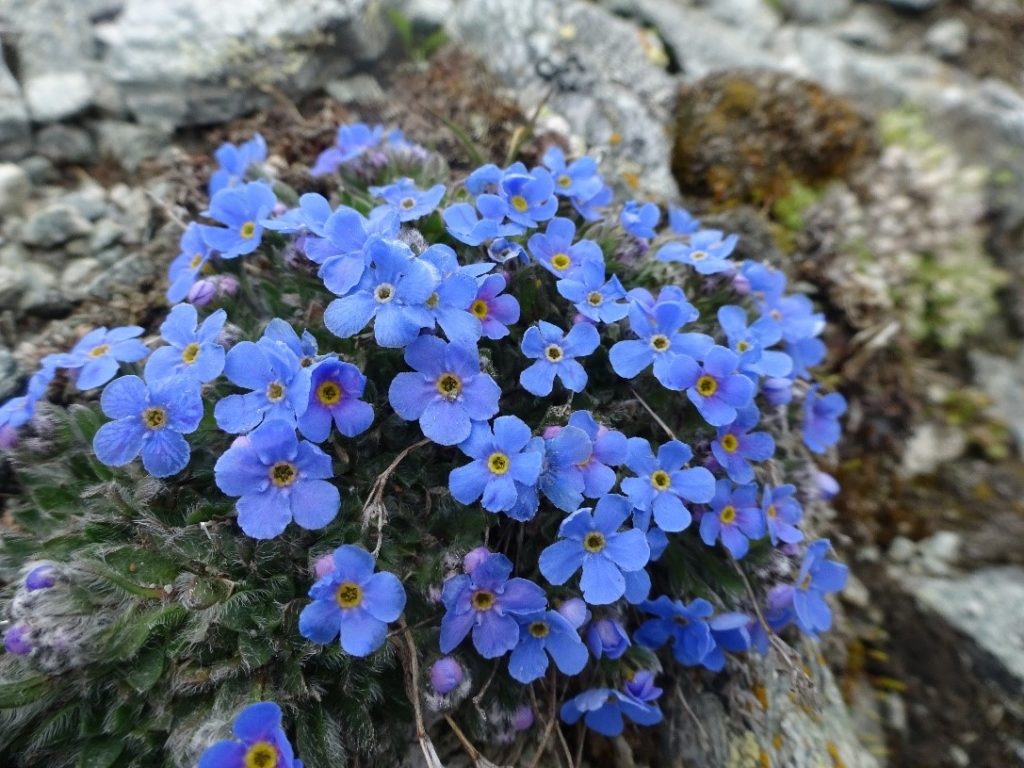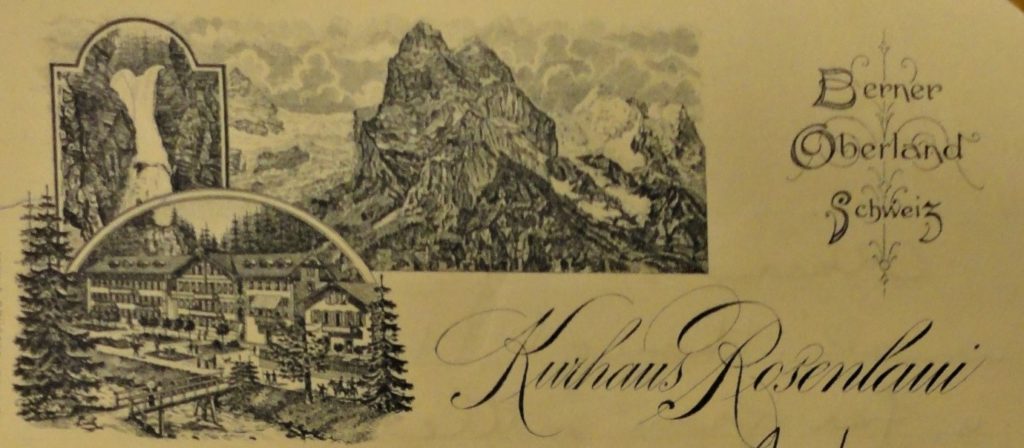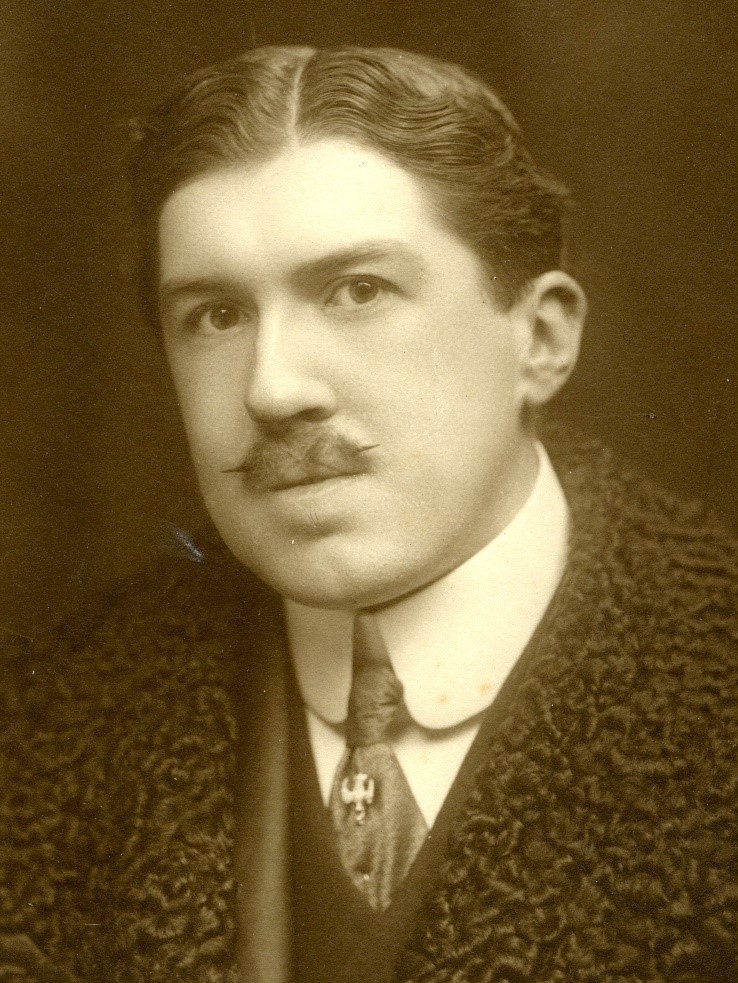Reginald Farrer (1880-1920) was a remarkable botanist whose correspondence and photographs are among the treasures of the Royal Botanic Garden Edinburgh Archives. Many of the species that he discovered in Asia were named after him, such as Gentiana farreri. He introduced new plants to British gardens, and has been described as ‘virtually the patron saint of rock gardening for much of the twentieth century’.
Farrer was brought up at Ingleborough Hall in the Yorkshire Dales, and studied at Oxford University. He hoped to make his name as an author of plays and novels, but had little success. He tried his hand at politics, but failed to be elected to Parliament. His abiding passion was botany. In search of plants he went to the European Alps nearly every summer from 1899 to 1913, first to Switzerland and then to France, Italy and Austria.

Before the outbreak of the Great War, Farrer travelled to China where he spent two years collecting plants and seeds on the border with Tibet. Returning to London in 1916, he worked for the Ministry of Information as a war journalist, and then in 1919 left for a plant-hunting expedition in Upper Burma, where he died in 1920.
It was Farrer’s mountain-writing that first attracted me to his work, and I have followed in his footsteps in many parts of the Alps. I have found Eritrichium nanum (King of the Alps) on a Swiss mountain pass at the same spot where he found it more than a hundred years earlier.

I have been to the Antermoia Pass, of which he wrote:
‘it is almost impossible to speak up there, so wonderful and awful is that enormous calm in the core of the Dolomites. It seems either as if one’s mortal voice could not be heard among those other tremendous utterances so vocal in the great stillness; or as if one’s chirp would shatter beyond hope of repair something gleaming and holy and incomprehensible’.

Encouraged by Farrer’s writing, I have studied his correspondence at RBGE. It gives fascinating insights into his life and travels, and has helped me to compile the first comprehensive survey of his activity in the Alps, together with an explanation of the puzzles that he created in his writings, an assessment of his views on plant-collecting, and an analysis of his mountain-philosophy.
Farrer’s first visit to the Alps was in 1899, when he stayed at Rosenlaui in the Bernese Oberland with his friend Gerard Collier. They stayed at the Kurhaus, Rosenlaui, which still exists. In a letter to Aubrey Herbert, Farrer writes “yesterday we all went up an enormous Alp“, then fled down again to escape a tremendous storm, and “this morning the Colliers have been up the Wetterhorn, an awful grind“. (Letter of 29 August 1899, RBGE Archives, GB 235 RJF/2/1/2)

He returned to Rosenlaui in 1901 with the Collier family, and wrote in a letter to his mother “The other day I surprised and delighted the family by discovering a long-sought treasure – Aquilegia alpina, a most wonderful Columbine, four inches across, of the most astounding sapphire blue“. (Letter of 30 July 1901, RBGE Archives) He adds that one of the ladies with them, Miss Lily Grant Duff, is ‘almost prettyish with loads of red hair which she persistently refuses to hide under a hat’. It’s probably not surprising that in 1910 Gerard Collier married Lily Grant Duff…
In 1908 Farrer was again at Rosenlaui, and wrote to his mother “It is extraordinarily pleasant to be in the mountains again, and I find that vigour has so increased upon me that toilsome expeditions of three years ago are now strolls as easy as our favourite walk to the kitchen garden“. (Letter of 22 July 1908, RBGE Archives)

Farrer was unconventional, and could be disconcerting. He had a speech impediment, and a loud voice. Attracted by Buddhism during a visit to Japan, he became a Buddhist in Ceylon. His cousin Osbert Sitwell wrote of him:
‘although possessed of the capacity to be extremely considerate, he was impish by nature, and so, since he had also the power of identifying, with an intimidating speed and certainty, hypocrisy and pretentiousness, there were even at his most clement, occasional sly digs and prods for all in his conversation. He was vain, it must be admitted, in several directions, and liked to air the contents of a well-stored and observant mind’.
Farrer enjoyed writing. His essay on Jane Austen, published in 1917, has won praise as ‘the best single introduction to her fiction’. He declared to his readers:
‘To write of things one loves for the benefit of those who love them too, is a pleasure beyond most other pleasures. Short of being Among the Hills themselves, there is no joy keener than to be taken back to them by memory’.
This extraordinary man lies in a remote grave in the mountains of Burma, where he died at the age of 40, probably of diphtheria, on 17 October 1920. His archives are well conserved in Edinburgh, and on the centenary of his death, he deserves to be remembered by RBGE and its friends.
by Graham Avery, F.L.S. 7th October 2020
